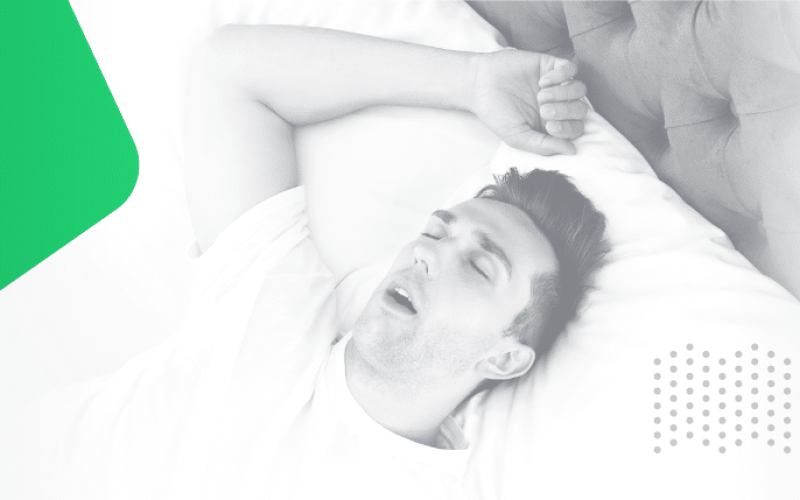In the very last paper [1] published in Breathe (Vol. 13, No. 2, pp. e37-e45) by Thomas Penzel and Abdel Kebir Sabil, they reminded the significant role of tracheal sounds analysis in the process of obstructive sleep apnea (OSA) diagnosis.
They went through tracheal sounds in general, then they considered technical aspects of specific sensors, and the usage during sleep study systems. The next part of the publication focuses on clinical applications for sleep studies, mainly for OSA diagnosis during sleep and wakefulness, but also including snoring episodes detection or oral/nasal breathing path differentiation.
Interestingly, tracheal sounds could measure normal breathing and snoring sounds, as well as suprasternal pressure. However, still the visual detection of hypopneas is hard to be carried out…
They pointed out some key points [1]:
-
Tracheal sounds are currently a topic of significant interest but are not yet used in most routine sleep study systems.
-
Measured at the suprasternal notch, tracheal sounds can provide reliable information on breathing sounds, snoring sounds and respiratory efforts.
-
Tracheal sounds may be used as a noninvasive method of studying abnormalities of the upper airways during wakefulness.
All of those we would like to address in our elaborated prototype, Clebre, and we our honored to be mentioned [2] in the article:
In a recently published study, Mlynczak et al. used a wireless acoustic sensor placed on the tracheal notch to measure breathing sounds during sleep. The study investigated the accuracy of a new method in differentiating between normal breathing sounds and snoring episodes. This system was the first to propose a wireless tracheal sound sensor and to use a smartphone application for its interface. This new system may therefore qualify as a good tool for simple OSA screening.
—
[1] Penzel T, Sabil A. The use of tracheal sounds for the diagnosis of sleep apnoea. Breathe 2017: 13: e37–e45.
[2] Mlynczak M, Migacz E, Migacz M, Kukwa W. Detecting breathing and snoring episodes using a wireless tracheal sensor – a feasibility study. IEEE J Biomed Health Inform 2016
